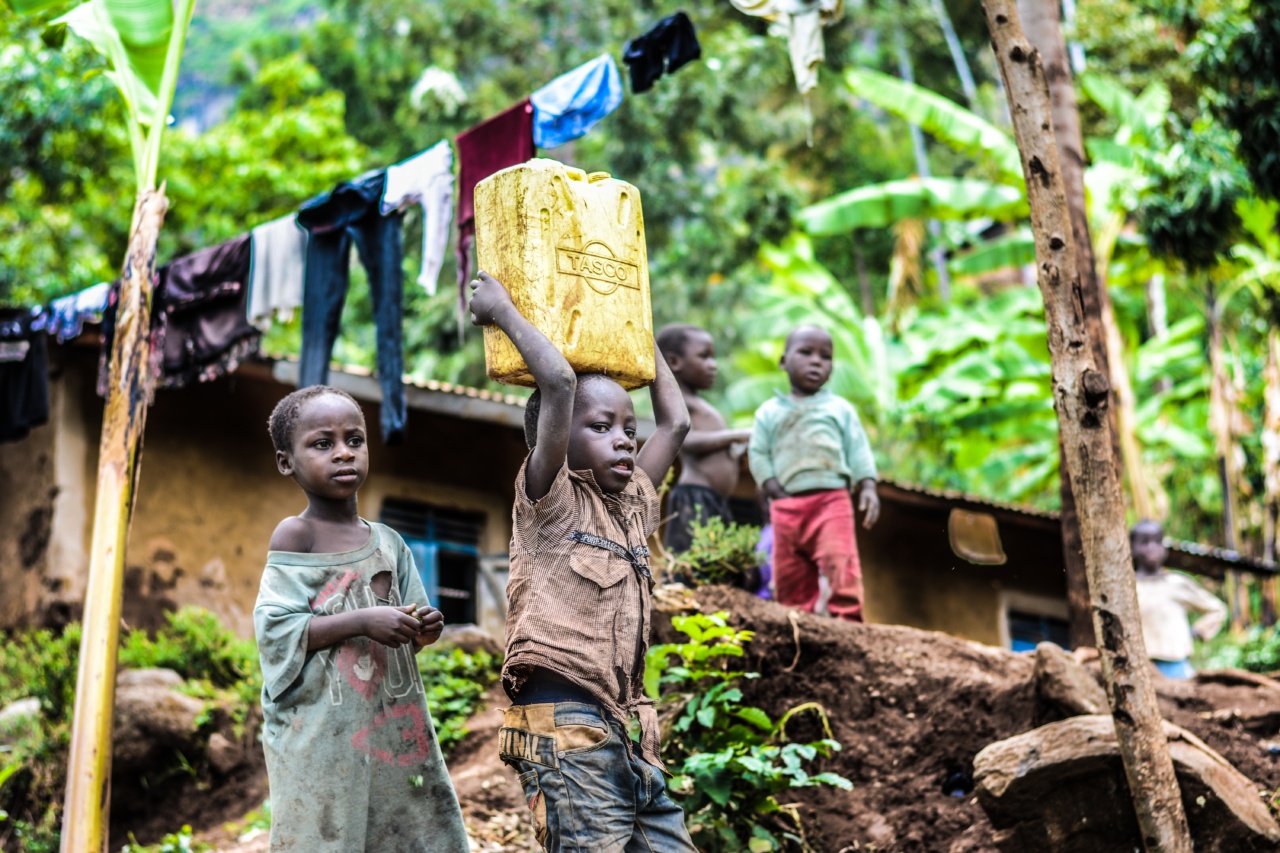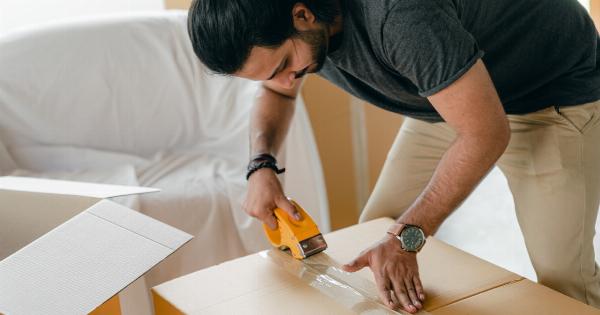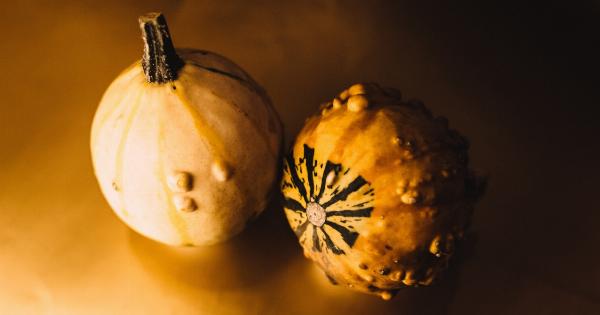Children can bring so much joy and happiness to our lives, but they can also be a source of mischief and chaos.
One scenario that many parents and gift-givers can relate to is the sight of a child excitedly opening presents, only to see their sheer joy quickly turn into destruction. Yes, children have an uncanny ability to unintentionally destroy the things we give them, including presents.
Understanding the nature of children
Before delving into the reasons why children destroy presents, it’s important to understand the nature of children. Children are naturally curious and explorative beings.
They have a strong desire to touch, feel, and investigate everything around them. This curiosity is what helps them learn and develop, but it can also lead to unintended consequences.
For young children, their fine motor skills are still developing, which means they may not have the dexterity and control to handle delicate items. They may accidentally drop, pull, or squeeze objects, resulting in damage.
Additionally, children have a limited understanding of the value and fragility of certain items, which can lead them to treat everything in the same way – without caution.
The role of excitement
Children often get overwhelmingly excited about presents, especially during special occasions like birthdays and holidays. This heightened excitement can sometimes cause them to lose control over their actions.
In their eagerness to see what’s inside the gift, they may tear at the wrappings hastily and haphazardly, inadvertently damaging the present in the process. While their intentions are pure, their lack of patience and impulse control can lead to unintended destruction.
The influence of peer pressure
Children are highly influenced by their peers, and this can extend to how they handle presents. If they see their friends or siblings ripping open presents with abandon, they may feel compelled to imitate that behavior.
Peer pressure can override their natural inclination to be gentle and cautious when handling gifts, making them more prone to causing damage.
Overstimulation and overwhelm
Special occasions often come with a whirlwind of excitement, noise, and a flurry of activities. Children can easily become overwhelmed by the combination of heightened emotions and sensory stimulation.
In these situations, their ability to focus and exercise self-control diminishes, increasing the chances of mishandling gifts or even accidentally breaking them. It’s important to create a calm and controlled environment during gift-opening to mitigate the risk of destruction.
How to minimize the destruction
While it may be difficult to completely prevent children from unintentionally damaging presents, there are certain strategies that can help minimize destruction:.
1. Choose gifts that are age-appropriate
When selecting presents for children, it’s crucial to consider their age and developmental stage. Opt for gifts that are suited to their abilities and interests.
Toys that are too complex or delicate may not only frustrate them but also increase the chances of destruction. By choosing age-appropriate gifts, you can promote engagement and enjoyment without putting items at unnecessary risk.
2. Set clear expectations
Before the gift-opening commences, take a moment to discuss with the child how important it is to treat presents with care. Explain that certain items may be fragile or valuable and require gentle handling.
Set clear expectations about how they should approach the process, emphasizing the importance of patience and gratitude. Reminding them that the gift-giver put thought and effort into their present can help them understand the value attached to it.
3. Teach proper handling techniques
Children may not instinctively know how to handle delicate or fragile items. Take the time to demonstrate and teach them proper handling techniques.
Show them how to unwrap gifts slowly and cautiously, guiding them to take their time and appreciate the process. Encourage them to use both hands when holding objects and remind them to be mindful of their grip strength. Repetition and gentle reminders can help reinforce these habits over time.
4. Provide supervised gift-opening
Supervision during gift-opening can go a long way in preventing destruction. While it’s great to give children some independence, having a watchful eye nearby can help redirect their actions if they get too carried away.
Step in if you notice them becoming too rough or reckless, gently reminding them to slow down and be mindful of the present’s condition.
5. Implement a calm gift-opening environment
Creating a calm and focused environment during gift-opening can help children maintain composure and decrease the likelihood of damage. Set up a designated area where they can sit comfortably and concentrate on one present at a time.
Reduce distractions, such as excessive noise or too many presents, as these can contribute to overstimulation. Encourage a relaxed atmosphere where everyone can enjoy the experience together.
6. Engage in alternative gift-opening experiences
In addition to the traditional tearing of wrappings, consider alternative gift-opening experiences that can be less destructive. For example, you can play a game where the child follows clues or solves puzzles to locate their present.
This not only adds an element of excitement but also encourages critical thinking skills. Other options include using reusable gift wrap or wrapping items in creative, non-destructible ways.
7. Teach gratitude and respect
It’s important to instill gratitude and respect in children, even when it comes to presents. Encourage them to express their thanks and appreciation for the gifts they receive.
Teach them to value the effort put into selecting and giving presents, emphasizing the emotional aspect of gift-giving. By fostering gratitude and respect, children are more likely to approach presents with care and consideration.
8. Repurposing and repair
Accidents can happen, even with the best precautions in place. If a present does get damaged, consider exploring opportunities for repurposing or repair.
For example, if a toy gets a broken part, see if it’s possible to fix it or find creative ways to use it differently. Transforming damaged items into new creations can turn the experience into a valuable lesson about resilience and resourcefulness.
9. Encourage open communication
If a child accidentally damages a present, encourage them to communicate openly about what happened. Create a safe space for them to express their emotions and thoughts without fear of criticism or punishment.
Engage in a conversation about the importance of honesty and how mistakes can be valuable learning opportunities. This open communication builds trust and promotes responsible behavior in the future.
10. Practice patience and realistic expectations
Finally, it’s vital to practice patience and have realistic expectations when it comes to children and presents. Recognize that accidents might occur despite all efforts to prevent them.
Understand that children are still learning and developing self-control, so mishaps are part of the process. Maintain a positive attitude and focus on the joy and memories created during the gift-opening experience, regardless of any minor destruction.





























